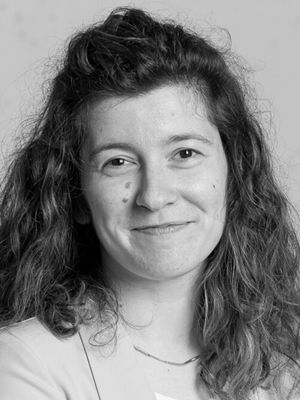
Immunobiology of tuberculosis
The protective immune response to Mycobacterium tuberculosis requires tight regulation in order to prevent the development of pathological consequences to the host. Our lab is focused in defining the mechanisms that regulate the balance between protection and pathology following M. tuberculosis infection, both during the innate and chronic phases of the infection. We use advanced experimental models to interrogate immune mediators and pathways with impact in the development, activation, and function of immune cells, particularly lymphocytes. One of our pressing questions is to determine how the inflamed lung environment modulates the kinetics of accumulation and effector function of CD4 T cells following M. tuberculosis infection. We are also interested in defining how the metabolic activity and immunogenetics of lung-resident cells, including macrophages and innate lymphocytes, impact the initiation and coordination of protective CD4 T cell responses and development of the granuloma. Our overarching goal is to contribute to the development of novel interventions against tuberculosis, particularly in the realm of vaccination and immunotherapy.
Funding Agency
Project Reference
Project Members


António G. Castro

Consuelo Micheli

Bárbara Mota
Main Project Outcomes
S. Queirós, “Right ventricular segmentation in multi-view cardiac MRI using a unified U-net model”, in E. Puyol Antón et al. (eds) Statistical Atlases and Computational Models of the Heart. Multi-Disease, Multi-View, and Multi-Center Right Ventricular Segmentation in Cardiac MRI Challenge. STACOM 2021. Lecture Notes in Computer Science, vol 13131, pp. 287-295, Springer, Cham, 2022.
“Best Paper Award in the M&Ms-2 Challenge”, by M&Ms2 Challenge organizers and the Medical Image Computing and Computer Assisted Intervention (MICCAI) Society.



Contact us
Phone: +351 253 604 967
Fax: +351 253 604 809
Email: icvs.sec@med.uminho.pt
Address
Life and Health Sciences
Research Institute (ICVS)
School of Medicine,
University of Minho,
Campus de Gualtar
4710-057 Braga
Portugal

Copyright ©2022 ICVS. All Rights Reserved



Copyright ©2022 ICVS. All Rights Reserved
Address
Life and Health Sciences
Research Institute (ICVS)
School of Medicine,
University of Minho,
Campus de Gualtar
4710-057 Braga
Portugal



Copyright ©2022 ICVS. All Rights Reserved
Address
Life and Health Sciences
Research Institute (ICVS)
School of Medicine,
University of Minho,
Campus de Gualtar
4710-057 Braga
Portugal

